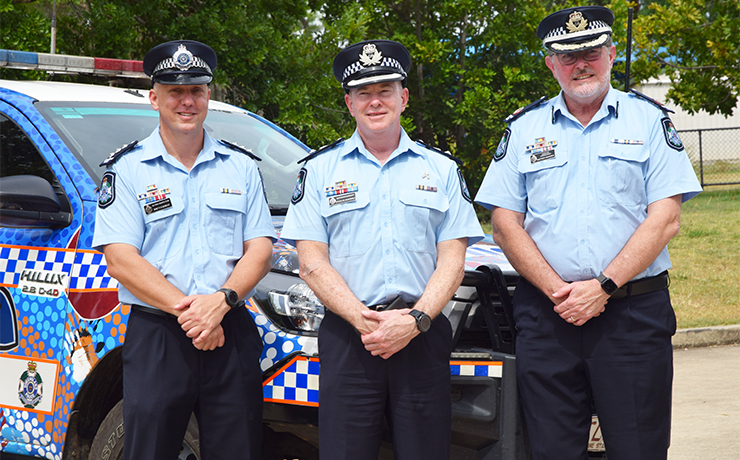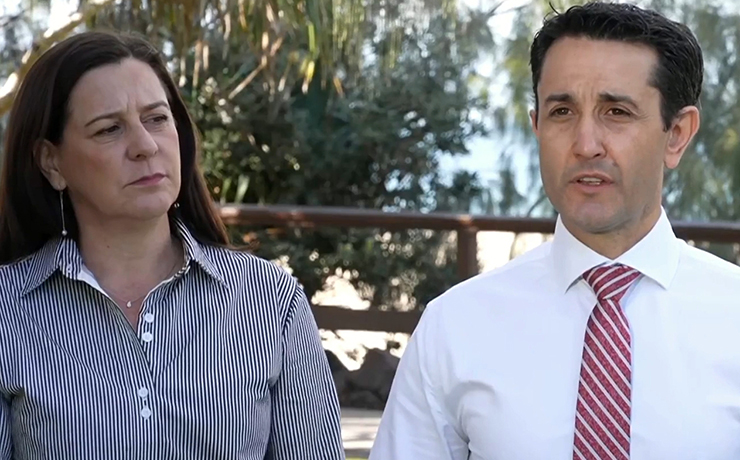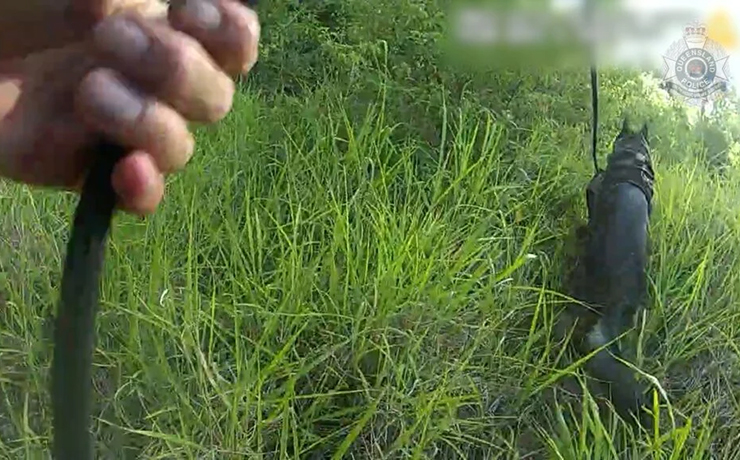by Anne Miller
Decades ago if you heard anyone talking about the Bradfield Scheme to irrigate western Queensland, you could safely place them on the fringes of politics.
The Bradfield Scheme at that time was beloved by parties such as the Citizens Electoral Council or the Confederate Action Party but few others.
Then Pauline Hanson began talking about a “Hybrid Bradfield” scheme in her populist election pitches, prompting more moderate politicians to tip a hat to the concept when visiting their constituents (more to ward off a leakage of votes to One Nation than really promote the cause, I suspect).
This even included then-Premier Peter Beattie – a Labor leader – in 2007.
But then the old chestnut got “mainstreamed” in November last year when Opposition Leader Deb Frecklington unveiled her “New Bradfield” scheme.
Her version would almost double the height of the proposed Hell’s Gate Dam in North Queensland to over 120m, drawing water from the South Johnstone, Tully, Herbert and Burdekin rivers into a lake potentially twice the size of the Burdekin Falls Dam.
While the original 1930s scheme promoted by Dr John Bradfield would have required expensive pumping to transfer water over the range, the New Bradfield Scheme would use gravity to feed water from the Hell’s Gate Dam through tunnels beneath the range.
The water would be used to irrigate about 80,000sq km of blacksoil plains to the south and west of Hughenden.
Instead of draining into Lake Eyre – as Dr Bradfield proposed – the New Bradfield Scheme would divert water into the Warrego River and the northern basin of the Murray-Darling System, where it will be reserved for use by southern Queensland farmers.
Now the ALP is again paying lip-service to the concept.
Premier Annastacia Palaszczuk’s announcement on September 2 that an “independent, expert panel” would conduct “a comprehensive government examination” of the Bradfield Scheme is obviously designed to take the shine off the LNP’s pitch.
This new panel will be headed by economist Professor Ross Garnaut who headed up the famous – or infamous – Garnaut Climate Change Review in 2008.
That review, which tackled the need to reduce carbon emissions, attracted criticism from both business and environmental groups.
Natural Resources Minister Dr Anthony Lynham has painted the Bradfield Scheme as “nation-building water infrastructure”, suggesting the Federal Coalition was the body holding up examination of the proposal.
“The Premier first raised the Bradfield Scheme in October last year and offered to work with the Commonwealth Government on a revised scheme,” Dr Lynham said.
“The Queensland Government is not waiting any longer: we are taking the lead and comprehensively re-examining a Bradfield Scheme concept.”
So … will the Bradfield Scheme ever be built?
If the track record from the 1930s is any guide, I wouldn’t be putting any money on it!
The dream of an irrigated paradise in southern or western Queensland is alluring, but the costs – financial, environmental and cultural – would be huge.
There is absolutely no doubt that increasing food production is key to a stable world future but is the Bradfield Scheme – hybrid, new or reviewed – Queensland’s answer?
There is already an incredible amount of rich, fertile land along the coastline of this State.
At the moment, a lot of this land is covered in backyards, highways and high-rise towers and more is getting “repurposed” every month.
Perhaps if we stopped turning farmland over to urban sprawl – just look at what has happened between Brisbane and the Gold Coast! – then the dream of building dams, tunnels through mountains and re-routing rivers wouldn’t seem like a realistic alternative.























